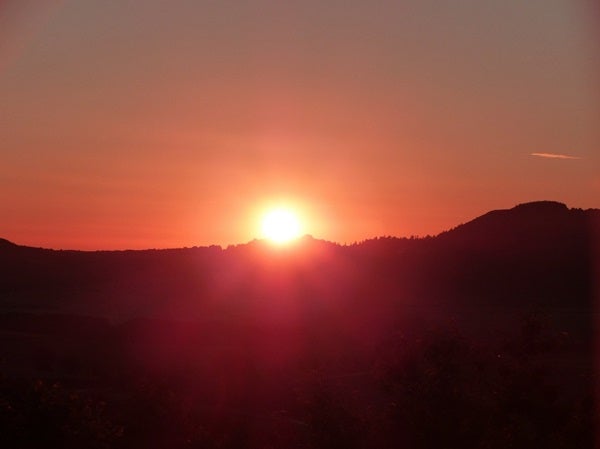In the case of summer, the energy received by the hemisphere in question increases as the days grow longer in the time leading up to the solstice. Although the planet releases heat overnight, it is receiving energy faster than it can cool off, so it warms up. On the solstice, the Sun’s energy input is at a maximum, then slowly begins to decrease in the following days and weeks. But the portion of the planet experiencing summer is still receiving high energy input from the Sun after the solstice. This energy input remains higher than the rate at which heat is released, which causes the hemisphere to continue warming, for several weeks — thus, the hottest portion of the season is delayed. The effect is the same in winter, only the processes are reversed as land, air, and water continue to release heat faster than they absorb it for several weeks after the winter solstice.










